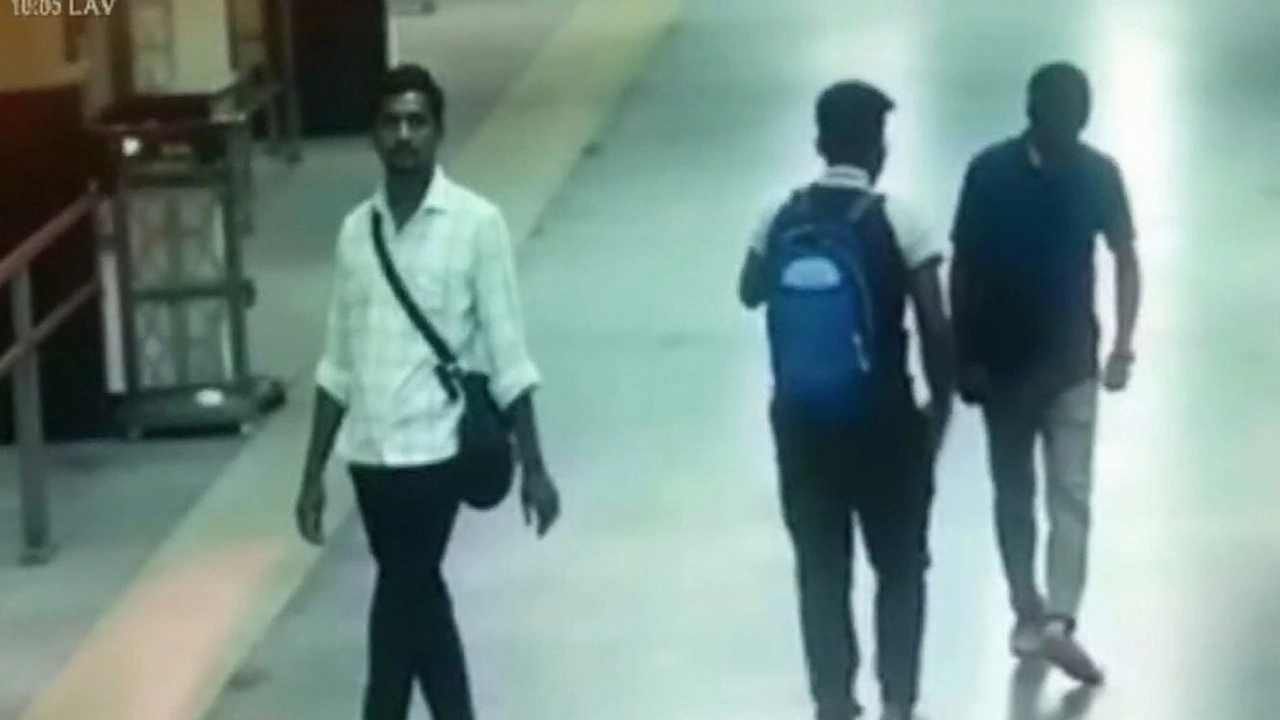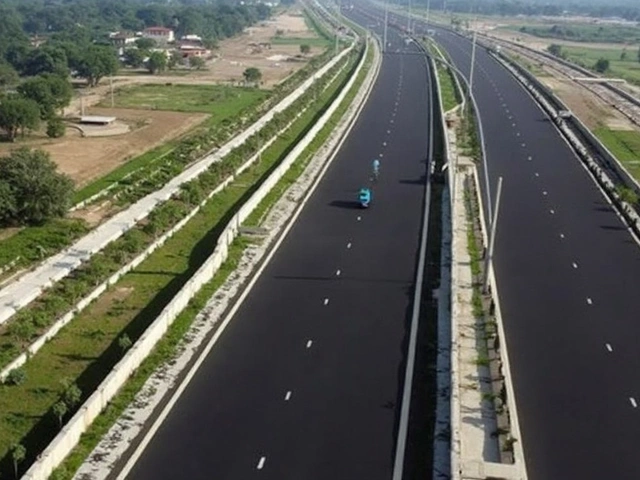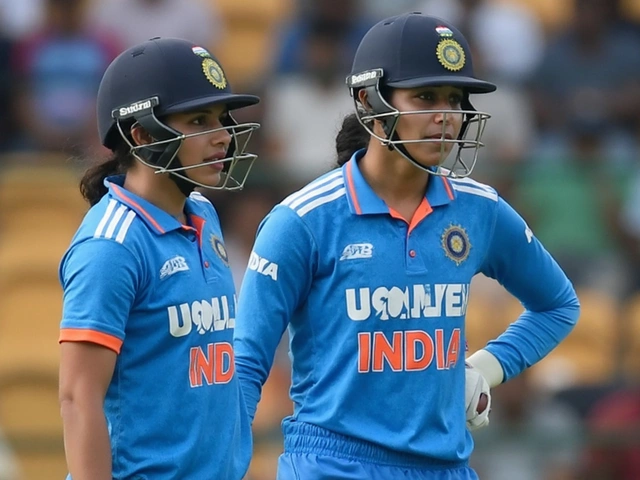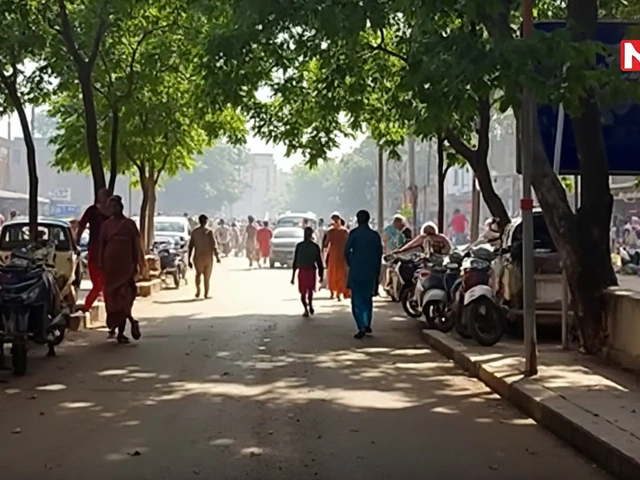CCTV Railway Station: Everything You Need to Know
Walking into a busy railway station, you probably notice cameras on the ceiling or near the ticket counters. Those are CCTV cameras, and they are there to keep the place safe. In this guide we’ll break down why CCTV matters at stations, how the system works, and what you can expect from the latest technology.
Why CCTV is a Must for Railway Stations
First off, safety is the biggest reason. Cameras watch for accidents, fights, and suspicious activity. When something goes wrong, the footage helps staff react faster and police investigate quicker. It also deters thieves and vandals – most people think twice when they see a camera.
Second, CCTV helps with crowd management. During rush hour or a train delay, staff can see where people are lining up and direct them to less crowded areas. That keeps the flow smooth and reduces the chance of a stampede.
Third, many stations use the footage for maintenance. If a light flickers or a sign falls, the video shows exactly when and where it happened, making repairs quicker.
How the System Works
Modern CCTV setups have a few basic parts: the camera, the recorder, and the monitor. The camera captures video and sends it over a cable or wirelessly to a digital recorder. The recorder stores the footage for a set number of days – usually 30 to 90 – depending on the station’s policy.
Most stations now use IP cameras. These are internet‑based cameras that can be accessed from a computer or smartphone by authorized staff. The video is usually encrypted, so only people with the right password can view it.
Some stations also add analytics. The software can spot a person left unattended with luggage, detect a sudden crowd surge, or even read license plates at parking exits. When the system flags something, it sends an alert to security staff.
For passengers, the main benefit is peace of mind. If you lose a bag, you can ask station staff to pull up the footage and see where it was left. Some stations even let you request a short clip for insurance claims.
Maintenance is straightforward too. Cameras are placed high enough to avoid vandalism, but low enough to capture faces. They are weather‑proof, so rain or heat won’t affect the video quality. Regular checks are scheduled to clean lenses and replace faulty units.
Looking ahead, stations are experimenting with AI‑powered cameras that can read facial expressions to spot stress or fear. This could help prevent incidents before they happen, but it also raises privacy questions. Most countries require a clear sign that cameras are in use and limit who can see the footage.
If you’re curious about how to view live feeds, many stations have a "Help Desk" where you can ask to see a camera’s view of a particular platform. Usually, you’ll need a valid reason, like locating a missing item.
In short, CCTV at railway stations isn’t just about catching thieves. It’s about making travel smoother, safer, and more reliable for everyone. Whether you’re a daily commuter or an occasional traveler, knowing that cameras are watching can make your journey a little less stressful.
Darbhanga Student Vikas Kamati Mysteriously Disappears After Train Journey from Mumbai
Vikas Kamati, a 22-year-old student from Darbhanga, vanished after returning from Mumbai. CCTV footage captured him entering the Mithila Waiting Hall, and his belongings were later found at the railway station. The family alleges that police refused to register a complaint, leaving them desperate for answers.





